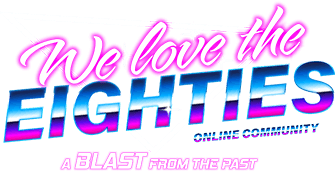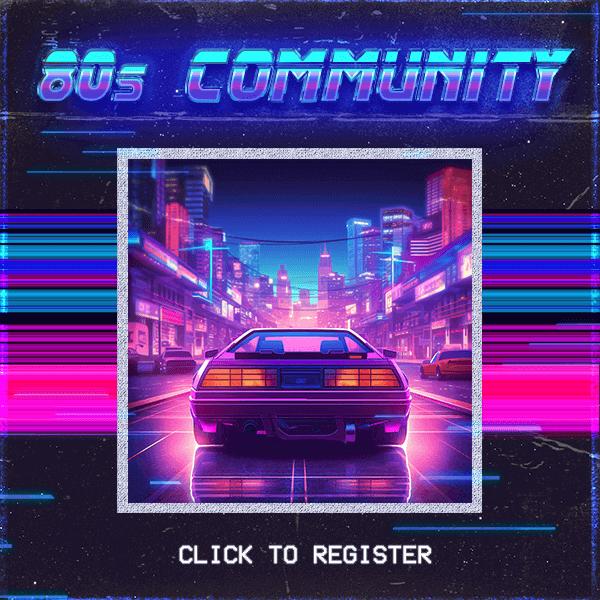The 1980s brought with it an explosion of color, music, and style, but one of the most important cultural movements of the decade came through film. Teen movies rose from being a small corner of Hollywood to becoming one of the most influential genres of the time. These films defined a generation by capturing the joys and frustrations of adolescence, creating timeless characters, and offering a window into the lives of young people during a decade of rapid cultural change. The teen movie of the 1980s was not just a box office trend. It was a statement of identity and a touchstone of memory for millions who grew up during that era.
The Changing Landscape of Hollywood
The entertainment industry in the early 1980s was shifting to meet a new audience. For decades, teenagers had been loyal moviegoers, but rarely had films been made specifically for them. The seventies offered occasional youth-centered movies, but the tone was often darker, more experimental, and less focused on mainstream appeal. By the dawn of the new decade, Hollywood executives realized that teenagers were no longer a secondary market. They were the market. The sons and daughters of the baby boom had entered their teenage years in record numbers, and studios quickly learned that films aimed at them could mean massive box office returns.
Multiplex theaters began spreading across the United States, creating accessible spaces where teens could socialize and enjoy entertainment away from home. The movie theater became more than just a screen to watch a story unfold. It became a destination and a place of belonging. Pair that with the cultural revolution brought on by MTV in 1981, and the pieces were in place for teen cinema to take over. MTV injected film with a new sense of style. Quick editing, fashionable presentation, and music as a driving force all became part of the cinematic language. Teen movies of the 1980s adopted this look and feel, weaving soundtracks into the core of their storytelling, much like the films celebrated in Popular Movies of 1982: A Cinematic Journey.
The Hughes Era
At the heart of the teen movie boom was John Hughes, a filmmaker whose name became synonymous with the genre. Hughes wrote and directed a series of films that changed how teenagers were represented on screen. Stories like Sixteen Candles, The Breakfast Club, Pretty in Pink, and Ferris Buellers Day Off did not reduce young people to simple stereotypes. Instead, they presented them as complex individuals with real struggles, hopes, and contradictions. His characters were awkward yet sincere, confused yet determined, humorous yet vulnerable.
The magic of Hughes films came from his ability to combine comedy with real emotion. A funny moment might be followed by an exchange filled with honesty, reminding audiences that laughter and heartbreak often live side by side during adolescence. Music became a powerful companion to his storytelling. The use of Simple Minds in The Breakfast Club or OMD in Pretty in Pink turned pop songs into emotional anchors for entire generations. When fans hear those songs today, they are instantly transported back to the theater seats where they first experienced those films. This combination of music and narrative is why Hughes movies are consistently included among The Ten Most Iconic Movies of the 1980s: A Cinematic Journey Through The Decade.
Beyond Hughes
Although Hughes stood as the most iconic voice, the teen movie genre stretched far beyond his influence. Amy Heckerling gave audiences Fast Times at Ridgemont High, a daring look at high school life that blended outrageous humor with surprisingly serious themes. Cameron Crowe offered Say Anything, a heartfelt story that captured the vulnerability of first love and youthful ambition. These filmmakers proved that teen movies could be both deeply emotional and wildly entertaining, showing that the genre was far from one note.
Romantic comedies such as Some Kind of Wonderful and Adventures in Babysitting highlighted different sides of teen life, from awkward crushes to reckless nights of adventure. Meanwhile, films like Heathers and River’s Edge pushed the boundaries of what teen movies could explore, much like the films we discussed in Controversial Coming of Age Films of the 1980s: A Closer Look. This expansion demonstrated that teen cinema could move beyond safe formulas and explore the more unsettling aspects of adolescence.
Comedies and Coming of Age
Comedies became one of the most popular forms of teen cinema during the decade. Movies like Risky Business, Weird Science, and Better Off Dead gave young audiences a chance to laugh at exaggerated scenarios while still relating to the underlying themes of responsibility, rebellion, and discovery. The appeal of these comedies lay in their ability to transform everyday teenage anxieties into larger than life adventures. Even when the situations were unrealistic, the emotions felt true.
Coming of age dramas also became cornerstones of the genre. Stand by Me, based on a Stephen King novella, stepped away from the humor that defined much of the decade and instead offered a nostalgic reflection on friendship, childhood, and the painful step into maturity. Its quiet and reflective tone showed that teen movies could tackle serious themes with sensitivity and still resonate deeply with audiences. The willingness of these films to address heavier material reflected the era’s broader cultural landscape, something also echoed in the horror world explored in Why 80s Horror Films Were the Best: A Golden Era of Fear and Innovation.
Music as the Soundtrack of Youth
No discussion of 1980s teen movies would be complete without acknowledging the central role of music. Soundtracks were not just background noise. They became central characters in their own right. Films like Footloose and Dirty Dancing turned their soundtracks into cultural events, sending songs to the top of the charts and making them inseparable from the images on screen. Pop and rock music gave these movies an immediate connection to the lives of teenagers who were already discovering their identities through records, cassette tapes, and MTV.
The fusion of film and music was so strong that many movies felt like extended music videos, filled with stylish edits and iconic performances. For many teenagers, the soundtrack was the first thing they purchased after leaving the theater. Songs that played over closing credits became anthems of youth, immortalizing both the films and the moments in which audiences first experienced them. This dynamic connection between film and music is why teen movies are consistently celebrated in features like Best 80s Movies Everyone Should Watch at Least Once.
Influence on Fashion and Identity
Teen movies also shaped the fashion and cultural identity of the 1980s. Outfits worn by characters in Pretty in Pink or Valley Girl influenced what young people wanted to wear to school. Hairstyles, accessories, and attitudes spread from the screen into malls and classrooms across the country. The film industry and fashion industry fed one another, creating a cycle where what teens wore in real life often showed up on screen and vice versa.
This blending of film and identity helped solidify the idea that teen movies were not just stories to watch. They were cultural guides. They showed teenagers how to dress, how to act, and how to dream. Even when exaggerated, these portrayals shaped the way young people saw themselves and their peers. The connection between screen identity and real life fashion was as strong as the trends explored in Eighties Teen Movies and Why Do We Cherish Them?.
Box Office Success and Cultural Impact
The box office confirmed what studios had already guessed. Teen movies were not niche. They were mainstream hits. Films like Ferris Buellers Day Off, Footloose, and The Breakfast Club drew huge audiences and became staples of cable television and VHS rentals. The arrival of home video only strengthened the cultural grip of these movies. Teens could rent their favorites repeatedly, memorizing every line and reliving the soundtrack of their youth, just as later reflected in Popular 80s Movies and How Much They Grossed.
The success of these films also created stars. Molly Ringwald, Matthew Broderick, Phoebe Cates, and many others became household names. Their faces filled magazines and posters, and their performances became touchstones of adolescence for fans who saw themselves reflected in their characters.
Legacy of the 1980s Teen Movie
Looking back, the teen movies of the 1980s stand as cultural landmarks. They captured a moment in time when youth culture was at the forefront of media, when music and film fused into a shared experience, and when Hollywood gave teenagers a voice. These films endure not just because they were entertaining, but because they were authentic. They treated adolescence with a mixture of humor, honesty, and style that continues to resonate decades later, a legacy explored further in our features on Best 80s Movies Everyone Should Watch at Least Once and Controversial Coming of Age Films of the 1980s: A Closer Look.











